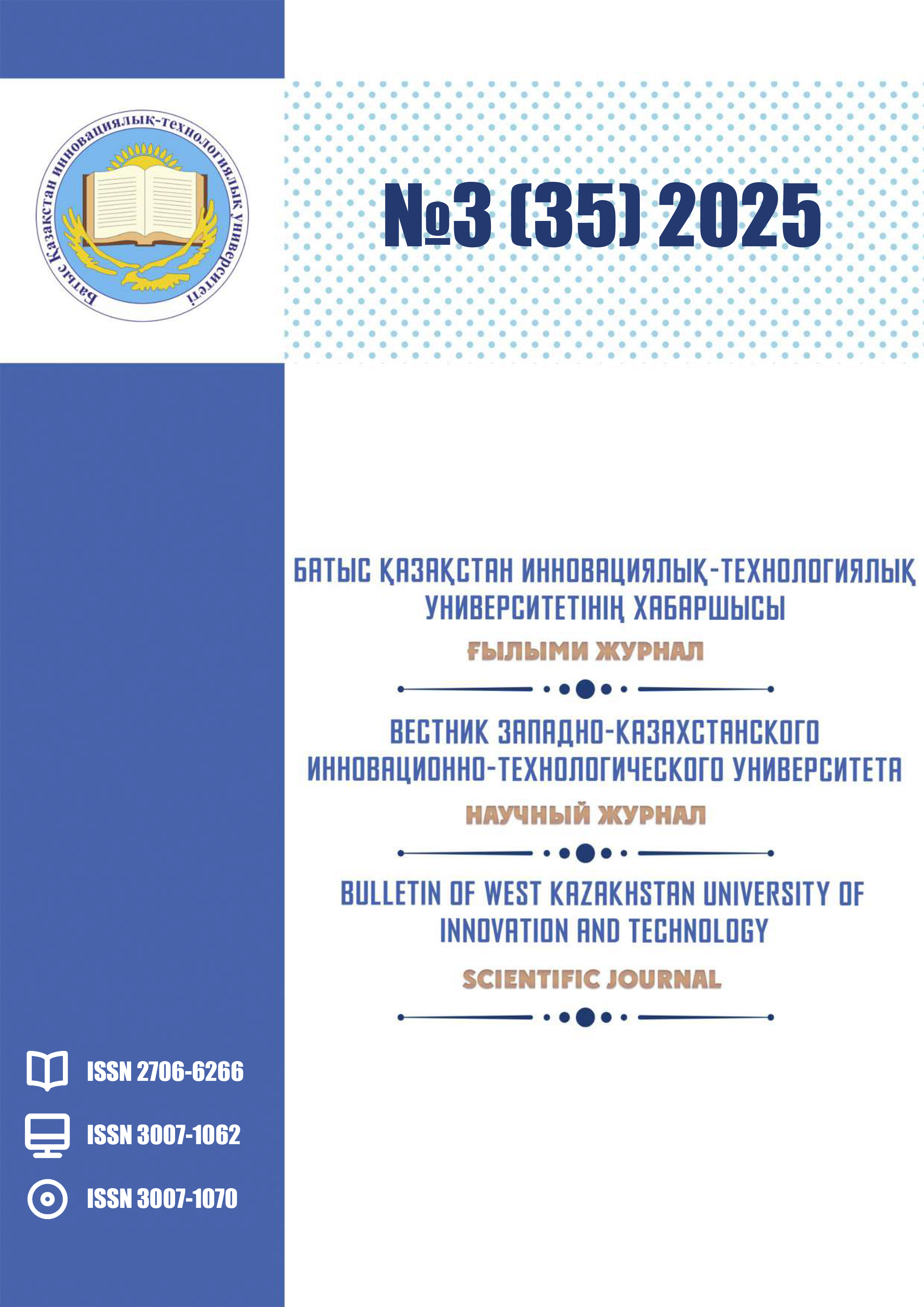STUDY OF HYDRAULIC FRACTURING IN HORIZONTAL AND VERTICAL WELLS
DOI:
https://doi.org/10.62724/202530605Keywords:
hydraulic fracturing (HF), horizontal well, acid fracturing, filtration properties, near-wellbore zone (NWZ).Abstract
This article discusses methods for modeling hydraulic fracturing (HF) in the context of horizontal and vertical wells. One of the modern technologies used to enhance reservoir productivity is acid fracturing, which is widely applied in the oil production industry. The article describes effective methods for integrating fracturing processes into geological and hydrodynamic models, particularly analytical and numerical approaches for accounting for fractures. The influence of the spatial relationship between the fracture and the wellbore axis on fluid flow profiles and oil recovery efficiency is analyzed. During the study, specific formulas were used to characterize the flow in the near-wellbore zone, along with fracture conductivity parameters. When conducting multistage hydraulic fracturing in horizontal wells, the complexity of the spatial geometry of fractures was taken into account, and a model-based approach adapted to real engineering conditions was proposed.
The unique value of this work lies in the development of a technically and economically optimized scheme for interval-based acid treatment, considering the distribution of flow rates and filtration properties (both natural and induced) along the horizontal wellbore. This scheme allows for precise identification of low-productivity zones along the well and enables accurate control of stimulation methods. Based on the proposed approach, opportunities are explored for improving well performance, increasing oil recovery, and optimizing operational costs.
The proposed modeling method and schematic solutions have significant practical importance for restoring damaged reservoir zones and reactivating idle wells.

